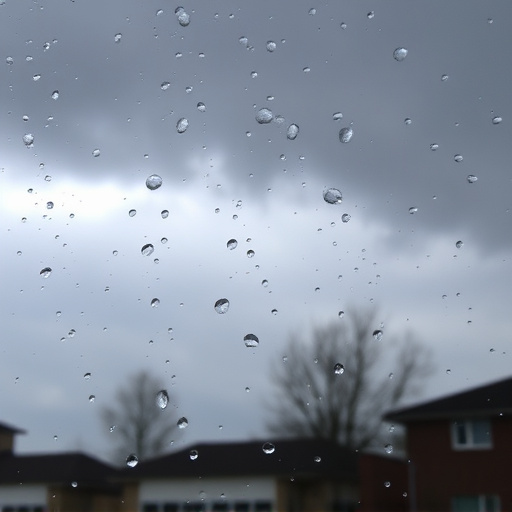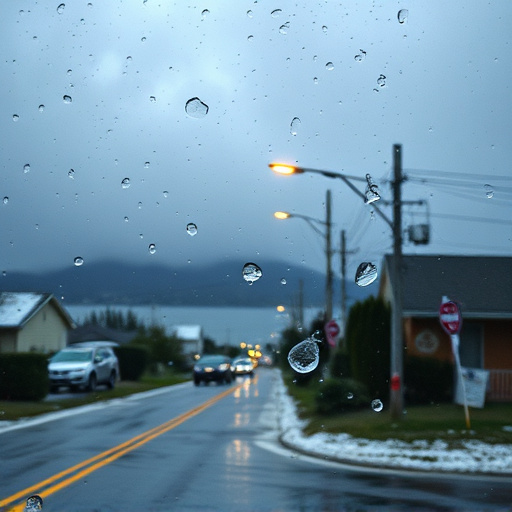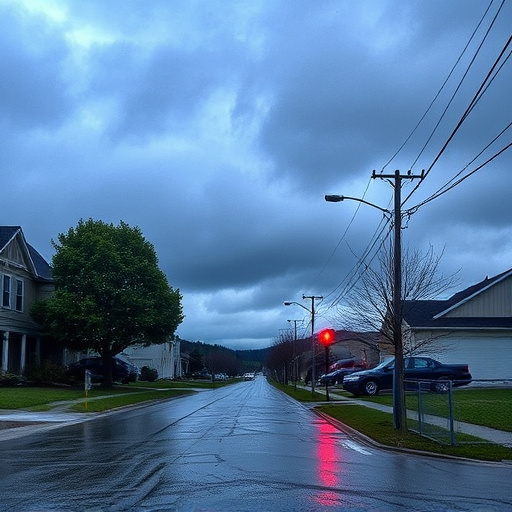Winter ice skating lessons thrive on natural frozen surfaces, scenic locations, and adapted teaching techniques for cold weather. Weather forecasts are key for safety and event planning, enhancing experiences with cozy atmospheres and seasonal events. This immersive activity captivates all skill levels, fostering joy, fitness, and memories in a magical winter wonderland setting.
As the cold season sets in, ice skating lessons under the wintry sky offer a delightful way to stay active and enjoy the unique charm of winter. This article guides you through the essential aspects of winter ice skating instruction. From discovering the ideal ice rinks amidst varying weather conditions to mastering teaching techniques that keep students safe and engaged, we explore what makes winter skating sessions beneficial for people of all ages.
- Finding the Perfect Ice for Winter Skating Lessons
- Teaching Techniques in Chilly Weather Conditions
- The Benefits of Winter Ice Skating for All Ages
Finding the Perfect Ice for Winter Skating Lessons

When planning winter ice skating lessons, one of the key considerations is finding the ideal frozen surface. The perfect ice should be smooth, free from cracks and uneven patches, and ideally formed naturally by cold weather conditions rather than artificial means. In many regions, this isn’t challenging to find during the winter months when freezing temperatures create natural ice rinks. Local parks, outdoor arenas, and even backyard ponds can transform into magical skating spots under the right circumstances.
For added allure, think about incorporating scenic locations that offer autumn photography workshops or cozy cabin retreats nearby, creating a captivating experience for both instructors and students. Moreover, keeping an eye on weather forecasts becomes essential—ensuring clear skies and safe ice conditions for events like New Year’s Eve countdowns, where the right weather can enhance the overall celebration.
Teaching Techniques in Chilly Weather Conditions

When teaching ice skating lessons during chilly winter weather, instructors must adapt their techniques to accommodate both the cold and potential slippery conditions. The key is to prioritize safety while still fostering a fun learning environment. One effective strategy is to start lessons with a warm-up routine designed to increase blood flow to students’ extremities, preparing them for the cool temperatures and potentially icy surfaces.
Instructors should also be mindful of weather forecasts and adjust lesson plans accordingly. For instance, if there’s a chance of snowfall during the session, they might incorporate games or activities that engage students both on and off the ice to create memorable experiences that go beyond just learning to skate. Remember, teaching in these conditions is about more than just mastering skating moves; it’s about creating a cozy and enjoyable atmosphere, especially during events like New Year’s Eve countdowns, where finding us amidst the vibrant fall fashion weeks or even enjoying candlelit winter dinners after lessons can enhance the overall experience for both instructors and students alike.
The Benefits of Winter Ice Skating for All Ages

Winter ice skating offers a unique and captivating experience for people of all ages, providing numerous benefits that extend far beyond just having fun on the frozen pond or rink. As the weather turns colder, embracing this seasonal activity can foster a sense of joy, promote physical fitness, and create lasting memories. Whether you’re a seasoned skater or a novice taking your first tentative steps, there’s something magical about gliding across the ice under the twinkling lights of a winter wonderland.
The cold season brings a festive atmosphere that makes outdoor skating an enchanting adventure. It encourages individuals to step away from their summer camp experiences and holiday abroad memories, fostering a sense of renewal and excitement for the new year. Setting resolutions aside for a moment, ice skating allows people to reconnect with nature, enjoy some quality time outdoors, and engage in physical activity that strengthens muscles and improves balance. Discovering your inner skater at white winter wonderlands can be a transformative experience, leaving you with stories to share for years to come while also providing a fun twist on traditional New Year’s resolutions.
Winter ice skating lessons offer a unique and enjoyable way to stay active during chilly weather conditions. By finding the perfect ice surface and mastering teaching techniques in this season, instructors can provide beneficial experiences for skaters of all ages. The cold weather doesn’t have to slow down your learning curve; instead, it presents an opportunity to embrace the winter landscape and unlock the many advantages that ice skating has to offer.
